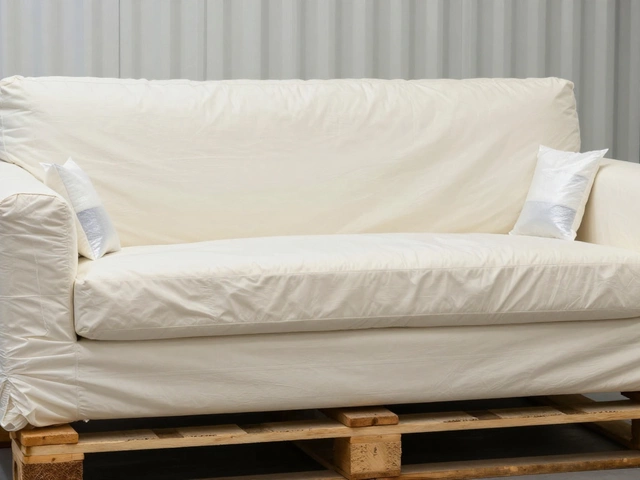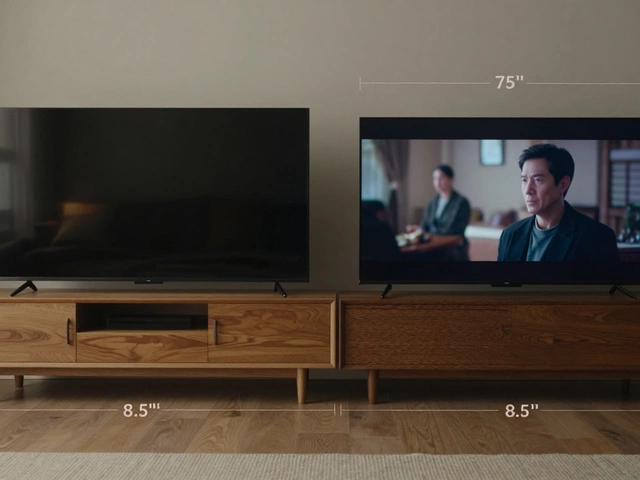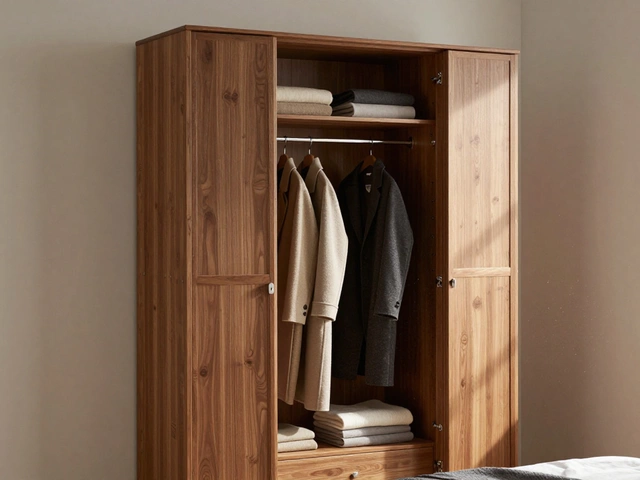Pests: How to Spot Furniture Mites and Keep Your Bedroom Free of Bugs
If you’ve ever noticed tiny specks crawling on your nightstand or a strange dust under the mattress, chances are you’re dealing with pests. The most common invisible culprits in a bedroom are furniture mites. They’re tiny, but they can cause itching, allergies, and an overall uncomfortable feel. The good news? You can spot them early and stop them from spreading.
What Furniture Mites Look Like
Furniture mites are barely visible to the naked eye – think less than 0.5 mm long. They’re usually white or light beige, and they love the warm, dark places in beds, sofas, and wardrobes. You’ll often find them in seams, cushions, or any fabric that stays damp for a while. If you run a white sheet of paper over a mattress and see tiny specks on it, you’re likely looking at mite droppings. They tend to gather in clusters, especially where skin flakes accumulate.
Practical Steps to Prevent and Control Pests
First, keep humidity low. Mites thrive in damp conditions, so using a dehumidifier or opening windows during dry days helps. Second, vacuum your bedroom regularly – a good vacuum with a HEPA filter will suck up both adult mites and their eggs. Don’t forget to empty the bag or canister outside to avoid re‑infestation.
Third, wash all bedding, pillowcases, and removable covers at least once a week in hot water (above 60 °C). The heat kills any hidden mites and their larvae. Fourth, rotate and flip your mattress every three months. This breaks up any developing colonies and keeps the surface even.
For wardrobes and dressers, store off‑season clothes in airtight containers or vacuum‑sealed bags. This removes the food source (skin flakes) and creates a dry environment that mites dislike. If you notice a persistent dust layer, consider using a mild, fabric‑safe insecticide spray, but always follow the label instructions.
Finally, check for other common bedroom pests like bed bugs or carpet beetles. While they’re different from mites, they share similar hiding spots. A quick visual inspection of seams, tags, and corners can catch an early problem before it spreads.
Remember, spotting mites early is key. If you see a sudden increase in skin irritation after a night in bed, it might be time to give your bedroom a deep clean. Simple habits – regular vacuuming, washing, and humidity control – go a long way in keeping your sleep space healthy.
By staying on top of these easy steps, you’ll protect your bedroom furniture, reduce allergy triggers, and enjoy a pest‑free night’s rest. Your bedroom should be a sanctuary, not a bug haven – and with a little effort, it can stay that way.
Mothballs: What They Actually Keep Away and Why Storage Furniture Matters
Ever wonder if throwing mothballs in your storage furniture really keeps pests away—or if it’s just an old trick from grandma’s closet? This article digs into which critters mothballs actually repel and how they work. We also look at the risks of using them around your stuff and your family (kids and pets included). You’ll find some surprising uses, plus better ways to protect your storage furniture. By the end, you’ll know when mothballs work, when they don’t, and the safest route for your home.







